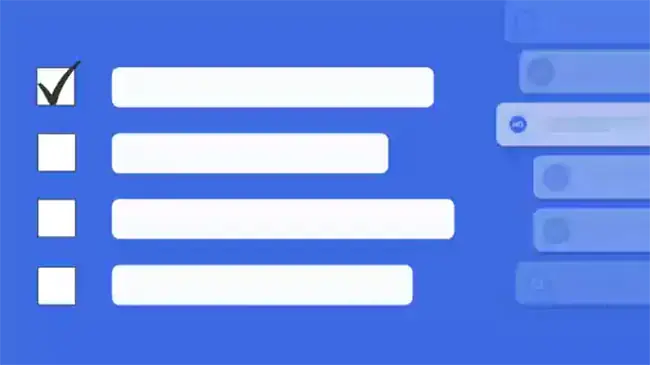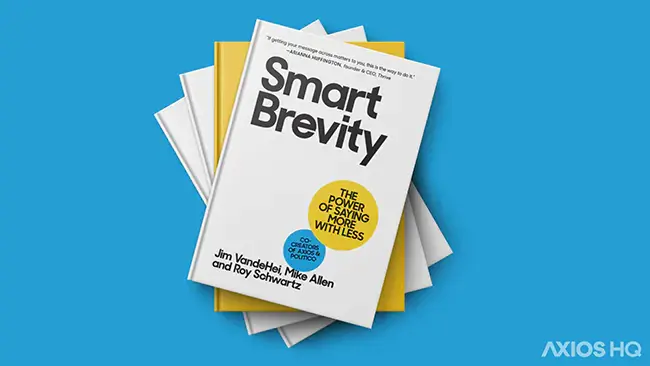Character.AI CEO: “I think I got OpenAI started on that path”
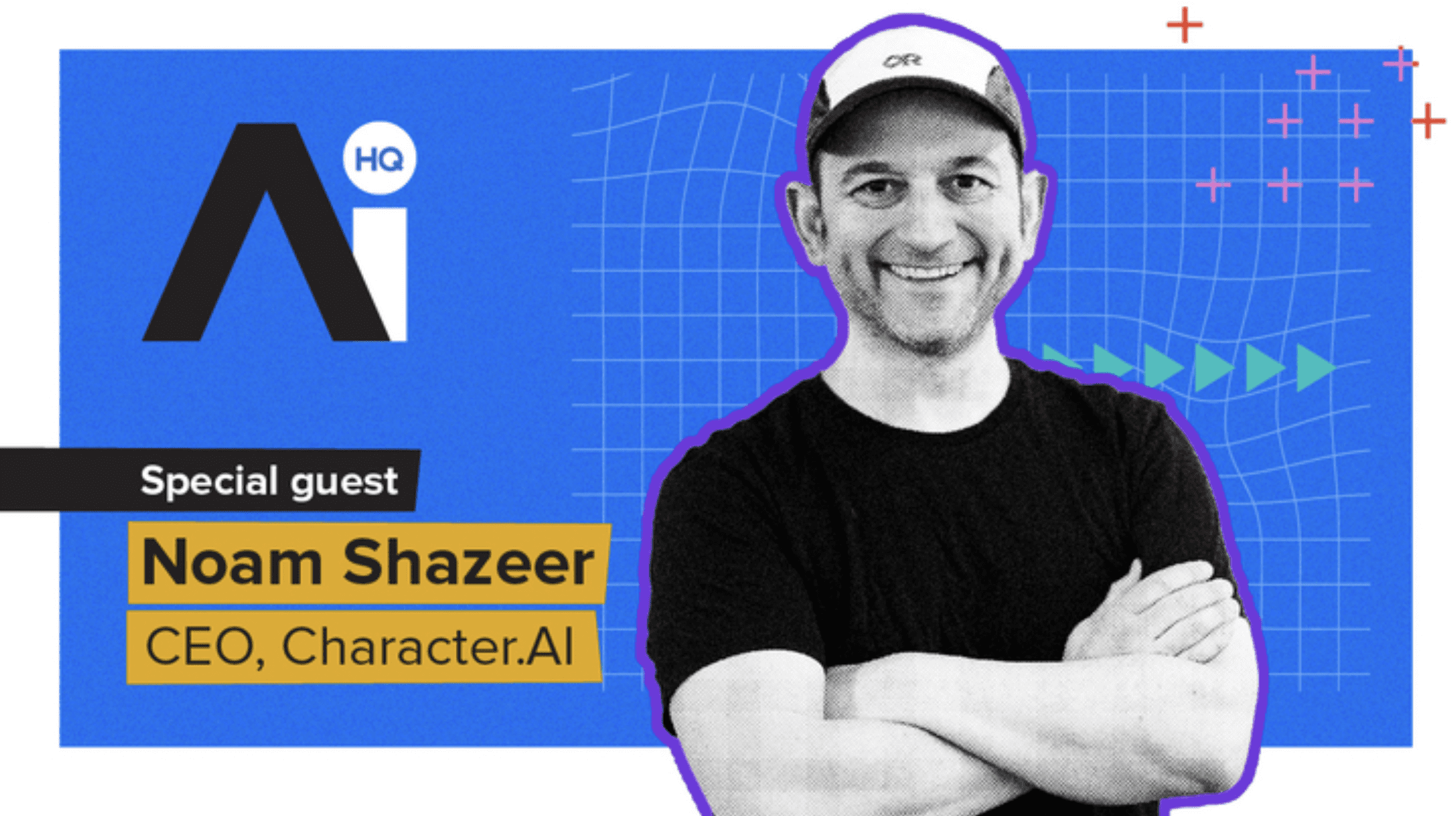
Noam Shazeer co-invented the Transformer in his time at Google — you know it as the T in GPT — after unpacking questions that sparked a language processing revolution:
- How do you define, mathematically, the next word someone plans to type?
- As language models get bigger, can we make their outputs smarter?
- As computer hardware gets better, how do we make models more efficient?
“These are a lot of the same techniques that have been around since the '70s, but they've super taken off in the 2000s because the hardware has really caught up,” Noam says. And he was able to work on the next question: How do you scale everything on the supercomputer?
He had an answer, and gave some public talks after publishing the paper on it. “You should just be building a giant Transformer. Here's how you do it on supercomputers Google has.”
- “I think I got the OpenAI people started on that path because they came to the talk, as far as I’ve heard. They've been doing a terrific job pushing the technology… There are going to be a lot of winners.”
Noam’s latest venture — co-founding Character.AI with Daniel de Freitas — is in that pool of probable winners. The chatbot lets users create and interact with real or fictional characters in a variety of roles, and it’s valued at $1 billion. Noam joined our “AI HQ” event series to talk about his company, AI writing tools and technology, the future of AI, and how it will impact our world.
New uses for AI are coming fast
Just as technology has changed rapidly in the last few decades, Large Language Models (LLMs) and AI will continue to quickly evolve — reimagining what we can do with it in the future.
“We're most likely in the infancy of the technology,” Noam said. “The models we're seeing and the applications we're seeing are kind of like the first airplane flyer of language models.”
Noam’s take on AI’s future:
- The peak is yet to come: “Just like in the dawn of the computer age, I don't think anybody knew exactly what computers were going to be good for. Or when electricity and steam power came in. Did anybody know all the things it would be good for? We're just going to be surprised a lot.”
- Models will get smarter: As people spend more time developing and researching, the hardware will get better. As a result, “these models will get more and more capable.”
- Users may define the future: “Character.AI has about 35 employees. We're not going to think of all the great use cases. There are millions of users out there. They can think of better things.” Noam wants to give people the chance to define what they want.
- Opportunities are endless: From virtual assistants to entertainment to travel advice to working through social anxiety, Large Language Models “can solve millions and billions of different problems.”
- Ease of adoption is important: Large Language Models and Character.AI are “super usable.” The interface lets you talk in a straightforward way to the characters you create.
- Work may start to get easier: “Maybe it'll be bottom-up, where people will discover ways to automate jobs. Not so they don't have a job, but make themselves more effective.”
The bottom line: The future of AI is coming faster than you can imagine, with new use cases emerging every day. Investing and learning about AI technology today is crucial to any leader who wants to stay ahead of competitors and be better positioned to handle change.
Go deeper: Subscribe to AI HQ for access to future episodes and other AI HQ exclusives





.webp)
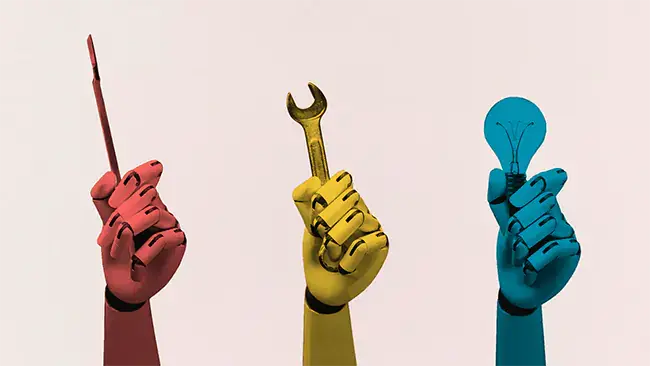






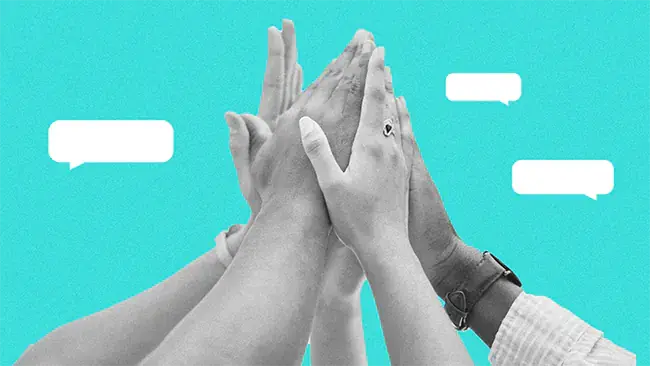




.webp)
